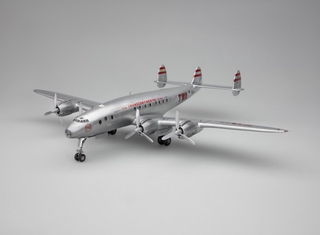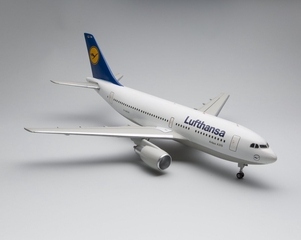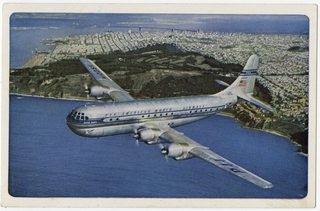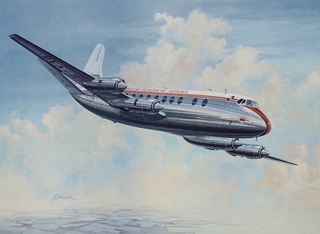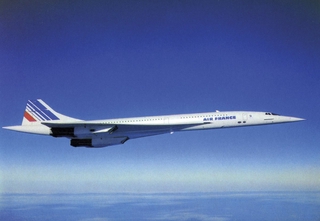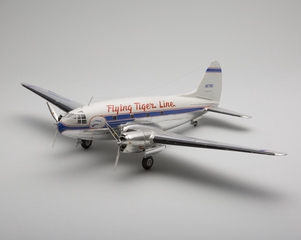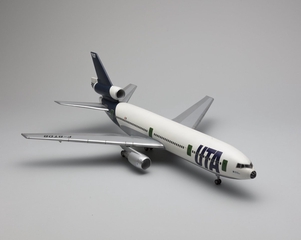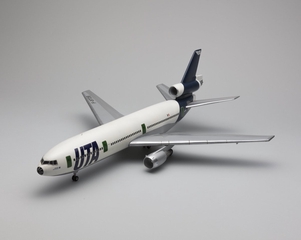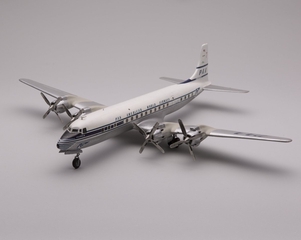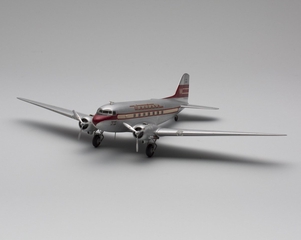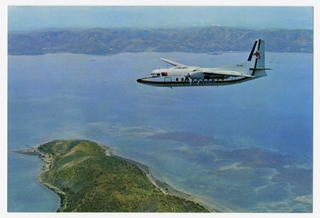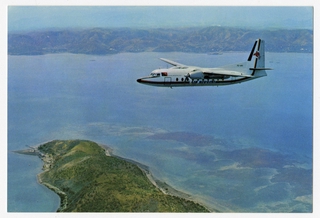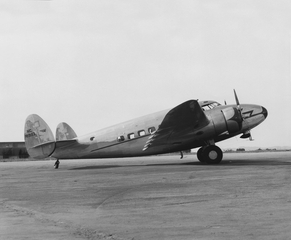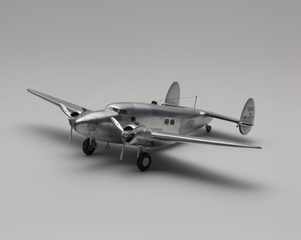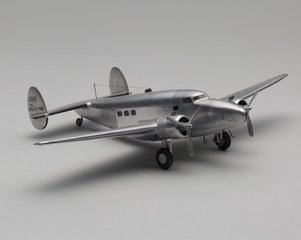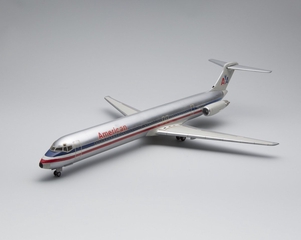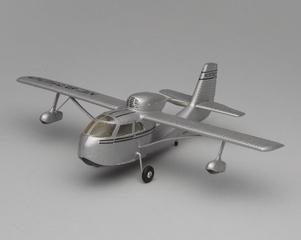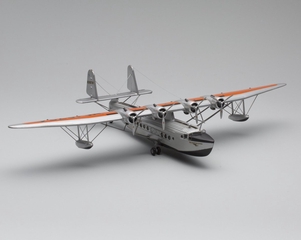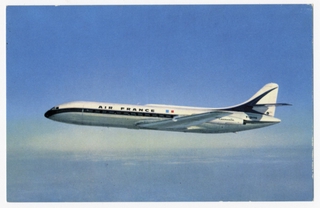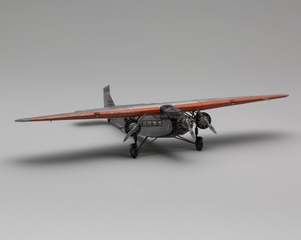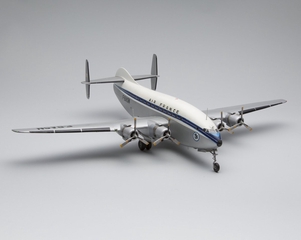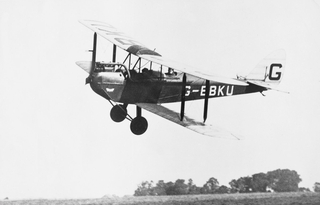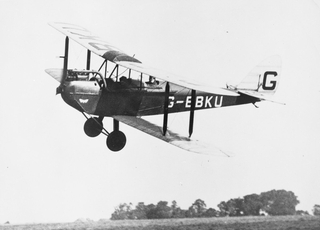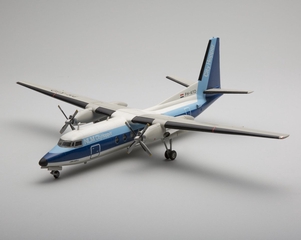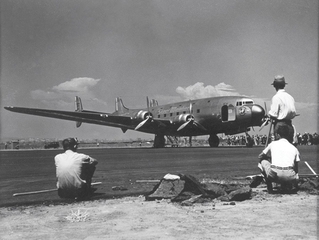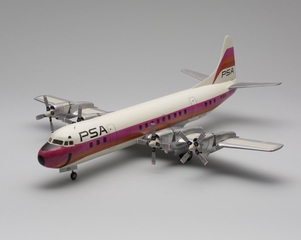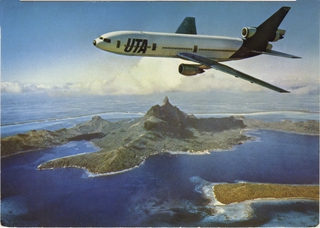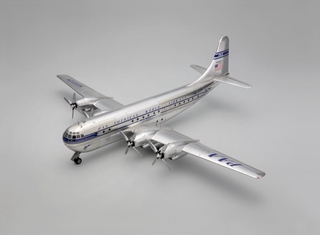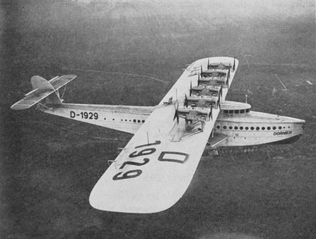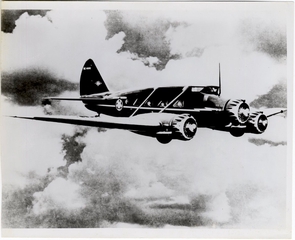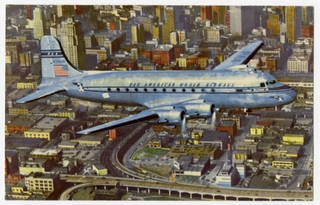Search results for AviationEvolutions
that are a tweet
See all the search results for this query
The 049 #Constellation was an extremely fast, highly advanced, and revolutionary large-capacity airliner with a unique dolphin-shaped fuselage and distinctive #tripletail. #AviationEvolutions
This tweet was posted on December 08, 2017.
The Airbus A300 was the first wide-body airliner produced by Airbus Industries, a European aerospace manufacturing consortium formed in 1970. The A310 was a shortened fuselage version of the A300 with a redesigned wing and undercarriage. #AviationEvolutions
This tweet was posted on July 27, 2018.
The Boeing 377’s four twenty-eight-cylinder Pratt & Whitney radial engines enabled the Stratocruiser, as its name asserted, to cruise in the stratosphere at over 300 miles per hour. #AviationEvolutions
This tweet was posted on December 14, 2017.
The Comet 4 cruised at five hundred miles an hour and comfortably accommodated up to eighty-one passengers. Did you ever fly on a Comet 4? #AviationEvolutions
This tweet was posted on September 27, 2018.
The Concorde seated approximately one hundred people and had only one class, "Concorde Class." All #Concorde SSTs were retired in 2003. #AviationEvolutions
This tweet was posted on March 11, 2018.
The Curtiss Commando was initially designed as a 36 passenger, pressurized commercial airliner. Following its first flight in 1940, the armed forces took notice and it was redesigned for rugged military use. #AviationEvolutions
This tweet was posted on May 31, 2018.
The DC-10 was #McDonnellDouglas’ answer to #Boeing’s #widebody 747 #jumbojet. The aircraft had a slightly smaller capacity of up to 400 passengers, yet offered similar wide-body spaciousness and comfort to the #747. #AviationEvolutions #avgeek
This tweet was posted on June 20, 2018.
The DC-10, was McDonnell Douglas’ first wide-body jetliner and incorporated a tri-jet engine configuration. #AviationEvolutions #dc10
This tweet was posted on October 12, 2018.
The DC-7C could comfortably seat up to eighty-four passengers and was mostly operated in a tourist class configuration. Many regular business travelers chose the DC-7C simply because it saved at least one hour on most transatlantic routes. #AviationEvolutions
This tweet was posted on September 13, 2018.
The Douglas DC-3 was arguably the most significant commercial airliner introduced prior to World War II. The #DC3 incorporated numerous advancements, including an all-aluminum fuselage, and an ultra-strong, low-drag wing design. #AviationEvolutions
This tweet was posted on February 07, 2019.
The F-27 Friendship would prove to be one of the most successful and enduring regional airliner designs of the postwar era and beyond, with nearly 600 produced and operated worldwide. #AviationEvolutions
This tweet was posted on February 15, 2019.
The Fokker F-27 would be one of the most successful and enduring regional airliner designs of the postwar era and beyond, with nearly 600 produced and operated worldwide. #AviationEvolutions
This tweet was posted on August 08, 2018.
The Lockheed Model 12 Electra was successful as a fast company and government transport, and as a military transport and bomber trainer. #AviationEvolutions
This tweet was posted on April 25, 2018.
The Lockheed Model 14 Super Electra was a twin-engine, low-wing monoplane with a clean, aerodynamic fuselage and a twin tail. It was developed in response to criticism from airlines that the earlier Model 10 Electra was too small. #AviationEvolutions
This tweet was posted on December 07, 2018.
The Lockheed Model 14 had more powerful engines than the Model 10, could carry two more passengers, and featured Fowler flaps on the wings that enabled it to glide at low speed on the approach to landings. #AviationEvolutions
This tweet was posted on December 07, 2018.
The McDonnell Douglas MD-80 was an updated version of the DC-9, which was introduced in 1965. Like the DC-9, the MD-80 provided a mid-range, medium capacity airliner capable of serving short runways of small regional airports. #AviationEvolutions
This tweet was posted on December 11, 2018.
The RC-3 Seabee was an all-metal, single-engine, sport amphibian aircraft introduced in 1946. When Republic acquired the design in 1943, the company decided to produce the aircraft in aluminum for military use, as well as the civilian sport market. #AviationEvolutions
This tweet was posted on May 17, 2018.
The Sikorsky S-42 was developed to meet the requirements of Pan American Airways’ president Juan T. Trippe for a large, long-range, trans-oceanic flying boat. #AviationEvolutions
This tweet was posted on August 18, 2018.
The Sud Aviation #Caravelle was one of the first successful commercial #jetliners produced in Europe, first flown in 1955. The Caravelle was a medium-range jetliner that featured twin, rear-mounted turbofan engines. #AviationEvolutions
This tweet was posted on August 02, 2018.
The all-metal Ford Tri-Motor, or “Tin Goose,” as it was nicknamed, had a substantial impact on the early advancement of commercial aviation in the late 1920s. #AviationEvolutions
This tweet was posted on August 30, 2018.
The cabin had a capacity for fifty-nine tourist-class passengers on the upper deck and forty-eight second-class passengers on the lower. #AviationEvolutions
This tweet was posted on August 24, 2018.
The de Havilland DH-60G Moth was a two-seat biplane of mostly wood construction, with a plywood covered fuselage and cloth covered wings. #AviationEvolutions
This tweet was posted on July 01, 2018.
The de Havilland DH-60G Moth was a two-seat biplane of mostly wood construction, with a plywood covered fuselage and cloth covered wings. #AviationEvolutions
This tweet was posted on April 04, 2018.
The high-wing, short-range design of the the Fokker F-27 incorporated two powerful Rolls Royce Dart turboprop engines and featured outstanding short takeoff and landing capabilities, which made it ideal for regional airlines operating out of small airports. #AviationEvolutions
This tweet was posted on August 08, 2018.
The original design of the DC-4, which included a pressurized cabin, was deemed too large and complicated. As a result, a smaller, less complicated, unpressurized design was developed instead. #AviationEvolutions
This tweet was posted on November 29, 2017.
The regional airline #PSA (Pacific Southwest Airlines), based in San Diego, purchased three #Lockheed L-188 #Electra, which proved ideal for the carrier’s West Coast routes. #AviationEvolutions
This tweet was posted on July 11, 2018.
UTA introduced the DC-10-30 in 1973, and by the mid-1970s, the carrier was operating it on many of its long-haul transatlantic routes to North and South America. #AviationEvolutions #dc10
This tweet was posted on October 12, 2018.
When introduced in 1949 by #PanAmerican World Airways, the #Boeing 377 #Stratocruiser was considered the most luxurious airliner aloft. #avgeek #panam #AviationEvolutions
This tweet was posted on December 14, 2017.
With 12 engines, the #Dornier Do X flying boat could carry up to 100 passengers at a cruising speed of just over 100mph. #AviationEvolutions
This tweet was posted on November 10, 2017.
With a cruising speed of over 160 miles per hour, the #Stinson Model A was one the fastest tri-motor airliners available at the time. During the mid-1930s, it was primarily operated by American Airlines on their Detroit–Chicago route. #AviationEvolutions
This tweet was posted on October 03, 2018.
With its long range and capacity of up to eighty-six passengers, the DC-4 was crucial to advancing trans-ocean commercial aviation in the immediate postwar era. #AviationEvolutions
This tweet was posted on December 26, 2018.

